The piezoelectric effect and its application in technology
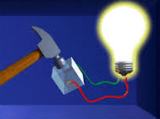 In 1880, the brothers Jacques and Pierre Curie discovered that when certain natural crystals were compressed or stretched, electrical charges arose at the edges of the crystals. The brothers called this phenomenon "piezoelectricity" (the Greek word "piezo" means "to press"), and they themselves called such crystals piezoelectric crystals.
In 1880, the brothers Jacques and Pierre Curie discovered that when certain natural crystals were compressed or stretched, electrical charges arose at the edges of the crystals. The brothers called this phenomenon "piezoelectricity" (the Greek word "piezo" means "to press"), and they themselves called such crystals piezoelectric crystals.
As it turned out, tourmaline crystals, quartz and other natural crystals, as well as many artificially grown crystals, have a piezoelectric effect. Such crystals are regularly added to the list of already known piezoelectric crystals.
When such a piezoelectric crystal is stretched or compressed in the desired direction, opposite electric charges with a small potential difference appear on some of its surfaces.
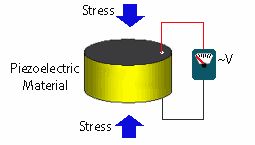
If we place electrodes connected to each other on these faces, then at the moment of compression or stretching of the crystal, a short electrical impulse will appear in the circuit formed by the electrodes.This will be the manifestation of the piezoelectric effect... At constant pressure, such an impulse will not occur.
The inherent properties of these crystals make it possible to produce precise and sensitive instruments.
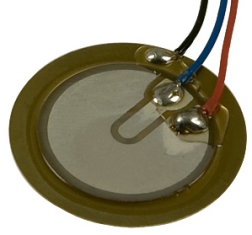
The piezoelectric crystal is highly elastic. When the force is deformed, the crystal returns to its original volume and shape without inertia. It is worth making an effort again or changing what has already been applied, and it will immediately respond with a new current impulse. It is the best recorder for reaching very weak mechanical vibrations. The current in the circuit of the vibrating crystal is small and this was a stumbling block during the discovery of the piezoelectric effect by the Curie brothers.
In modern technology, this is not an obstacle, because the current can be amplified millions of times. It is now known that certain crystals have a very significant piezoelectric effect. And the current obtained from them can be transmitted over wires over long distances, even without prior amplification.
Piezoelectric crystals have been used in ultrasonic flaw detection to detect defects in metal products. In electromechanical converters for radio frequency stabilization, in filters of multi-channel telephone communication when several conversations are conducted simultaneously on one wire, in pressure and gain sensors, in adapters, at ultrasonic soldering — in many technical fields, piezoelectric crystals have taken their unshakable position.
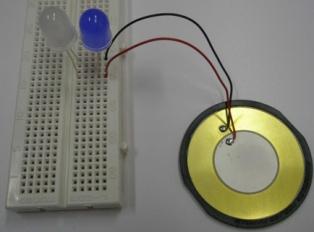
An important property of piezoelectric crystals was also a reverse piezoelectric effect... If charges of opposite signs are applied to certain surfaces of the crystal, then the crystals themselves will be deformed in this case.If electrical vibrations of an audio frequency are applied to a crystal, it will begin to vibrate at the same frequency and sound waves will be excited in the surrounding air. So the same crystal can act as both a microphone and a speaker.
Another feature of piezoelectric crystals makes them an integral part of modern radio technology. Possessing the natural frequency of mechanical vibrations, the crystal begins to vibrate particularly strongly at the moment when the frequency of the applied alternating voltage coincides with it.
This is a manifestation of electromechanical resonance, on the basis of which piezoelectric stabilizers are created, due to which a constant frequency is maintained in generators of continuous oscillations.
They respond in a similar way to mechanical vibrations whose frequency matches the natural vibration frequency of the piezoelectric crystal. This allows you to create acoustic devices that select from all the sounds reaching them only those that are needed for one purpose or another.
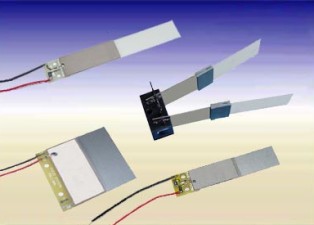
Whole crystals are not taken for piezoelectric devices. Crystals are cut into layers strictly oriented with respect to their crystallographic axes, these layers are made into rectangular or circular plates, which are then polished to a certain size. The thickness of the plates is carefully maintained because the resonant frequency of the oscillations depends on it. One or more plates connected by metal layers on two wide surfaces are called piezoelectric elements.
